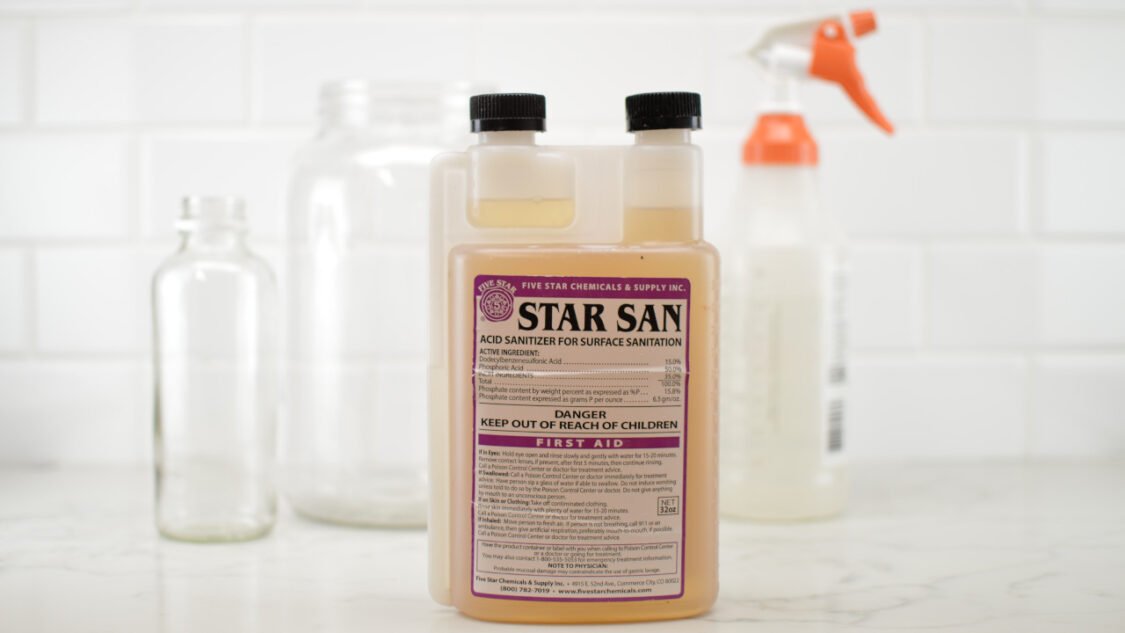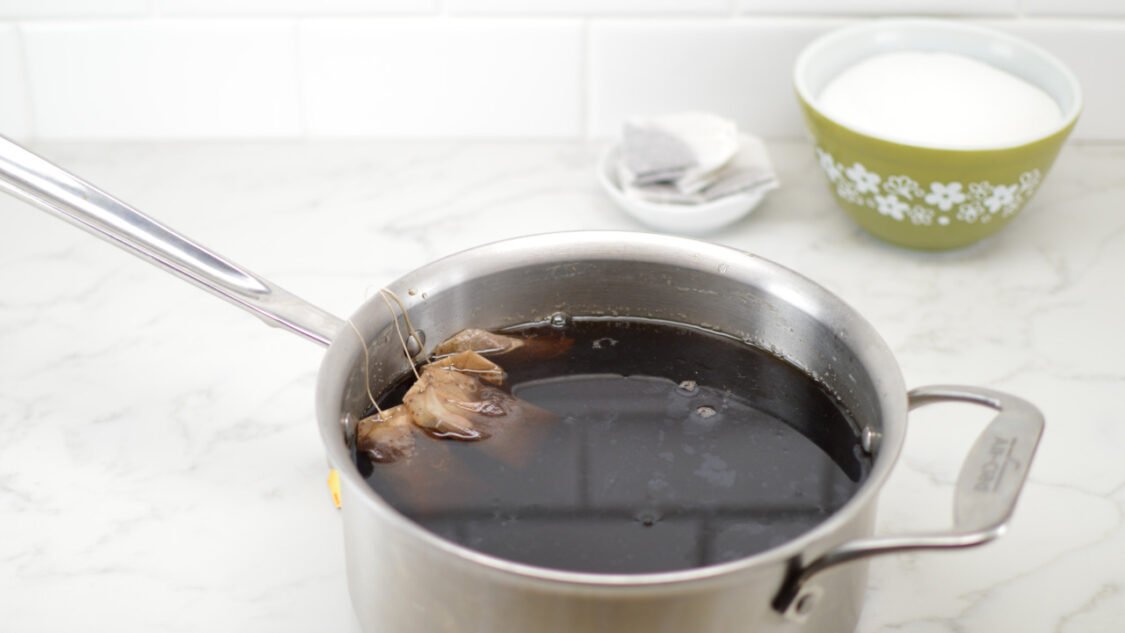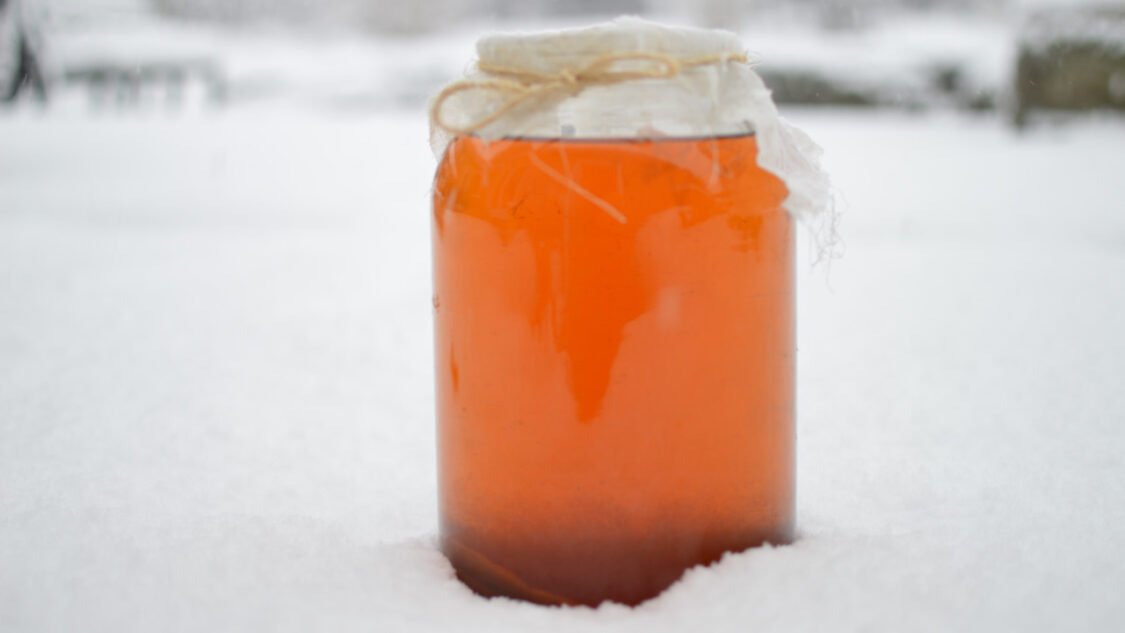Top 5 Mistakes of Kombucha Brewers
Avoid these common mistakes and produce a delicious and healthy batch of kombucha!

Making kombucha is a fun and rewarding hobby and the brewing process is relatively forgiving and you will generally get excellent results the first time.
There are however, some common mistakes that new kombucha brewers make. Here are the top 5 mistakes of that new kombucha brewers make along with tips on how to avoid them and recover from them in case they occur.
Deviating from Instructions
Making it can be tricky the first time and therefore and requires carefully following the instructions at every step of the process. Here are some practices that can help ensure the best chance of success when making kombucha.
Pre-read the recipe: Before making your first batch of kombucha, carefully read the recipe from start to finish to get a sense of the steps of the process and what’s involved. Make sure you understand all the steps and ingredients before beginning.
Prepare ingredients and equipment: Before you start making kombucha, gather all the ingredients and equipment you’ll need for the recipe and ensure it’s clean and in good working order. This will help you avoid having to pause in the middle of the process to look for an ingredient or piece of equipment. It will also allow you to replenish anything you might need, such as sugar, tea or flavoring ingredients.
Measure accurately: Measuring the correct quantities of ingredients for your kombucha is crucial to ensure that the fermentation process gets off to a strong start and is healthy. Use a kitchen scale or measuring cups to ensure that you use the right amount of ingredients.
Follow instructions: Follow the instructions in the recipe precisely, including the order in which ingredients are added, times, and temperatures. If you’re unsure about something, refer back to the recipe or seek clarification.
Monitor progress: Keep an eye on your kombucha as it ferments to make needed adjustments to the process such as increasing or decreasing the fermentation temperature. Keeping a log book with ingredients, temperatures and times can be helpful to troubleshoot if something appears to be going wrong and is also useful to refer back to on subsequent batches for what conditions work best for you and your culture.
Following these steps will reduce the chances of making any avoidable mistakes and ensure that your kombucha turns out delicious as possible!

Improper cleaning
Proper cleaning of kombucha making supplies and care to avoid contamination during the brewing process is crucial to ensure the safety and quality of the final product. Since kombucha is a fermented drink that contains live bacteria and yeast, and it is vulnerable to contamination from harmful bacteria and mold. It is crucial to clean all the equipment and surfaces used in the brewing process to prevent the growth of unwanted bacteria and yeast.
Here are some tips to maintain cleanliness and avoid contamination during the kombucha brewing process:
Wash your hands: Before starting the brewing process, it’s crucial to wash your hands with soap and warm water thoroughly. Avoid using any harsh chemicals that can contaminate the equipment.
Clean thoroughly: All the equipment used in the kombucha brewing process should be thoroughly cleaned and dried before use. This includes the glass fermentation jar, breathable covering, and any other utensils used in the process. Use hot water and soap to clean the equipment and rinse it thoroughly. You can also use a solution such as Star-San to and water to sanitize the equipment.
Avoid cross-contamination: Be mindful of cross-contamination, which can occur when you use the same utensils or equipment for food items in addition to kombucha. If possible, store the kombucha utensils and fermentation equipment separately from other kitchen items to avoid any cross-contamination. (the boiling pot will be OK)
In conclusion, maintaining cleanliness and avoiding contamination during the kombucha brewing process is crucial to ensure the safety and quality of the final product. By following these tips, you will reduce the chances that your kombucah will be contaminated and will result in delicious homemade kombucha.
Read more about how to clean kombucha supplies.

Using wrong Ingredients
It’s important to use high-quality ingredients when making kombucha to ensure the best flavor and quality of the final product. Using the right ingredients when making kombucha is crucial to ensure the safety, quality, and taste of the final product.
Water: Water is the primary ingredient in kombucha, and it should be clean and free from contaminants. If you use tap water, it’s essential to filter it or use other methods remove chlorine or other chemicals that can affect the fermentation process. It’s also crucial to avoid using distilled water since it lacks minerals that are necessary for the fermentation process. Read more about water for kombucha.
Tea: The type of tea you use in kombucha brewing can affect the taste and quality of the final product. Black tea is the most commonly used tea for kombucha since it contains the right balance of tannins and caffeine necessary for the fermentation process. Green tea, white tea, and oolong tea can also be used in kombucha brewing, but can result in a decline in SCOBY health over time
Avoid using herbal teas, flavored teas, or teas with added oils since they can affect the fermentation process and may contain unwanted bacteria. Go deeper about the best tea for making kombucha.
Sugar: Sugar is a critical ingredient in kombucha since it provides the food source for the bacteria and yeast during the fermentation process. It’s essential to use the right type and amount of sugar to ensure that the fermentation process proceeds correctly. The most commonly used sugar in kombucha brewing is white granulated sugar, but you can also use any of a wide variety of sugars. Avoid using artificial sweeteners, which can affect the fermentation process and the taste of the final product. Here’s more information about the best sugar for making kombucha.
Using the right ingredients can ensure that the fermentation process proceeds correctly, leading to a delicious and safe final product. Using the right ingredients in your kombucha brewing process will result in you creating delicious and unique kombucha flavors.
Lack of Patience

Incorrect Temperature
Temperature is another critical factor when making kombucha. The bacteria and yeast responsible for the fermentation process thrive in a specific temperature range, therefore, it’s essential to maintain a stable temperature in this range in order to allow the kombucha to ferment correctly.
The optimal temperature range for the fermentation process is between 75-85°F (24-29°C). If the temperature is too low, the fermentation process can slow down and possibly stall, while if the temperature is too high, it can speed up the fermentation process and produce wanted off-flavors. During carbonation, higher temperatures will speed up the carbonation process which may result in bottles becoming over carbonated and possibly exploding.
Contamination: Temperature can also affect the growth of bacteria and yeast. If the temperature is too high, it can lead to the growth of unwanted bacteria, which can contaminate the kombucha and affect the taste and safety of the final product.
Here are some tips for managing temperature when making kombucha:
- Right temperature for kombucha ranges from 75 to 85°F (24-29°C) throughout the fermentation process. You can use a thermometer to monitor the temperature and adjust it accordingly.
- Steady temperature: Avoid temperature fluctuations, which can affect the fermentation process. Place the kombucha in a location with a consistent temperature, away from direct sunlight, and drafts.
- Cooling or heating: If the temperature is outside the ideal range you can can take steps to adjust it. Placing the fermentor in a warmer location or using a heating pad or mat will increase the fermentation temperature while placing the fermentor in a basement or on the floor of a pantry can help cool it.
Temperature is a critical factor when making kombucha. Maintaining the right temperature range, avoiding temperature fluctuations, and adjusting the temperature when necessary can ensure that your fermentation is healthy and strong, leading to great results!
Helping you learn to brew kombucha, find inspiration for new kombucha flavors and use kombucha to make kombucha mocktails




